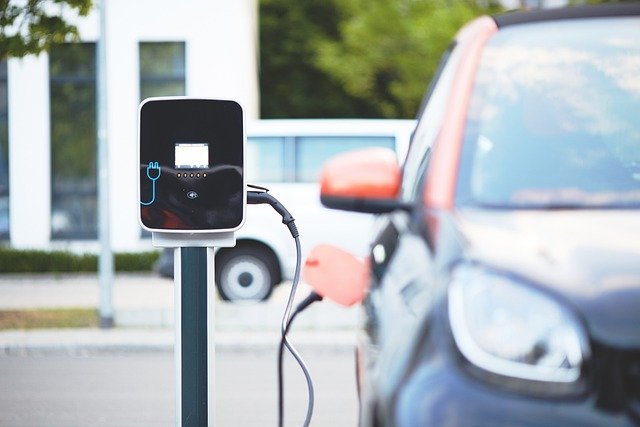Regenerative Shock Absorbers: Harnessing Energy from the Road
Imagine cruising down a winding mountain road, your car's suspension system actively working to keep your ride smooth. Now, picture that same system not only absorbing bumps but also generating electricity with every oscillation. This isn't science fiction; it's the promising world of regenerative shock absorbers, a technology poised to revolutionize how we think about vehicle efficiency and energy recovery.

Enter regenerative shock absorbers, an innovative technology that aims to capture and convert this otherwise wasted energy into useful electrical power. By harnessing the vertical motion of the vehicle as it travels over uneven surfaces, these systems can potentially recover a substantial amount of energy that would otherwise be lost.
The Mechanics Behind the Innovation
At their core, regenerative shock absorbers function similarly to traditional ones but with a crucial difference. Instead of simply dissipating energy, they incorporate a mechanism to convert kinetic energy into electrical energy. This is typically achieved through the use of linear electromagnetic motors or hydraulic systems coupled with generators.
As the vehicle encounters bumps and dips in the road, the shock absorber’s piston moves up and down. In a regenerative system, this motion is used to drive a generator, which produces electricity. The generated power can then be fed back into the vehicle’s electrical system, reducing the load on the alternator and potentially improving fuel efficiency.
Potential Benefits and Applications
The advantages of regenerative shock absorbers extend beyond simple energy recovery. By converting kinetic energy into electrical energy, these systems can potentially improve overall vehicle efficiency, reduce fuel consumption, and lower emissions. In hybrid and electric vehicles, the recovered energy could be used to charge the battery pack, extending the vehicle’s range.
Moreover, the ability to actively control the damping characteristics of regenerative shock absorbers opens up new possibilities for adaptive suspension systems. By adjusting the resistance of the generator, the stiffness of the suspension can be fine-tuned in real-time, potentially improving both comfort and handling.
Challenges in Implementation
While the concept of regenerative shock absorbers is promising, several challenges must be overcome before widespread adoption becomes feasible. One of the primary hurdles is the cost-effectiveness of the technology. The components required for energy harvesting and conversion can be expensive, potentially outweighing the fuel savings for many consumers.
Another challenge lies in the durability and reliability of these complex systems. Traditional shock absorbers are relatively simple and robust, able to withstand years of use in harsh conditions. Regenerative systems, with their additional electronic components, must be engineered to match this longevity while operating in the demanding automotive environment.
Current Research and Future Prospects
Despite these challenges, research into regenerative shock absorbers continues to advance. Several automotive manufacturers and universities are actively developing and testing prototypes, with some showing promising results. For instance, one study conducted by the University of Texas at Dallas demonstrated that a regenerative shock absorber could recover up to 8% of the energy typically lost in a vehicle’s suspension system.
As battery technology improves and the push for vehicle electrification intensifies, the potential benefits of regenerative shock absorbers become increasingly attractive. In the future, we may see this technology integrated not only in passenger vehicles but also in commercial trucks, where the energy recovery potential is even greater due to their weight and frequent use on rough roads.
Integration with Vehicle-to-Grid Systems
Looking further ahead, regenerative shock absorbers could play a role in emerging vehicle-to-grid (V2G) systems. In this scenario, the energy harvested from the suspension system could contribute to a vehicle’s ability to feed power back into the electrical grid during peak demand periods. While the amount of energy recovered from shock absorbers alone may be relatively small, when combined with other energy recovery systems and multiplied across a fleet of vehicles, it could represent a significant contribution to grid stability.
As we move towards a future of smarter, more efficient transportation, technologies like regenerative shock absorbers represent an exciting frontier in automotive engineering. By turning every bump in the road into an opportunity for energy recovery, we may soon see vehicles that are not just more comfortable and efficient, but also active participants in our broader energy ecosystem.





